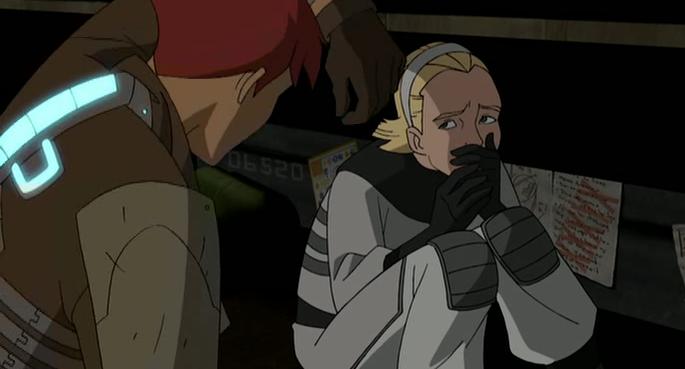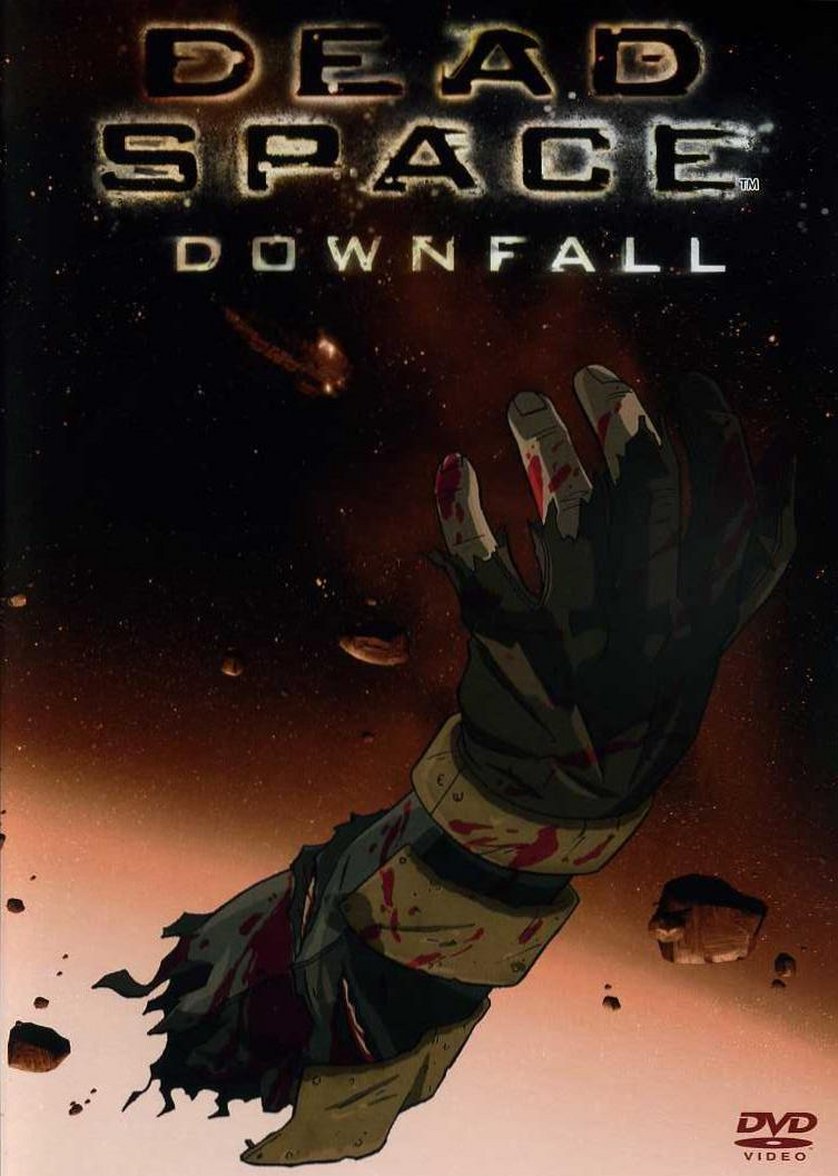


I think in documentary work, sometimes you have to embrace the mix of cameras and lenses. Because we were on such a tight budget, when shooting outside of LA the producers hired DPs locally. And for our interviews and scene work we used a combination of Canon C300 Mk II, Sony FX9 and even a Black Magic Cinema Camera. We loved using the Canon 17-120 and 30-300 lensing to allow us maximum flexibility for the three-camera coverage we needed to shoot the large 24′ screen on stage, Nina presenting, and also the audience. Hagan: The throughline of the film is Nina Menkes’ staged presentation “Sex-Camera-Power.” We had a limited budget, so we gladly utilized a few Red Raven cameras lent to us for this part of the production. Lens: Canon 17-120 Cine-Servo, Canon 30-300 Cinema Zoom, Canon EF L Series zooms “ Brainwashed: Sex-Camera-Power“ “Brainwashed: Sex-Camera-Power” Care of filmmakerĬamera: RED Raven, Canon C300 MkII, Sony FX9 Often I even combine them with 1/8 or 1/16 Black Pro-Mist filters. I love the look and gentle sharpness these lenses have. That’s why I brought my set of adapted Leica-R primes and an Angenieux Zoom they specifically made back then for Leitz. In addition I like using vintage lenses to break the digital feel of modern cameras. This helps to bring the colors in the desired direction. I tend to use Arri LUTs as well as a custom made S1H-to-Arri LUT for on set preview and dailies. As the log2 curve of the Canon is very similar to the Arri curve. We shot logarithmic with both cameras, to be able to be flexible and achieve an organic look in postproduction. This combination and the modular designs gave me the needed variety, from handheld to a 1000mm tripod setup. That’s why I chose to film with a Canon C500MkII and a Panasonic S1H. Shooting animals in the open required a specific dynamic of preparation and improvisation, while staying in budget. Using long pans, crane movements, or dolly tracking to combine different elements in a slow tempo and narrow depth of field, to enhance how everything in the city happens in parallel. That’s why we chose a cinematic language that would keep the unity and duration of one shot, instead of editing. We were intrigued by how the organic matter of the earth shifts and changes because of human intervention, and how new natural habitats are formed. Bernhard: In “All That Breathes,“ our approach was always “to render the scientific into the poetic,“ as Shaunak puts it.


 0 kommentar(er)
0 kommentar(er)
